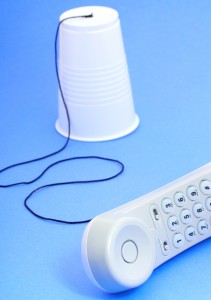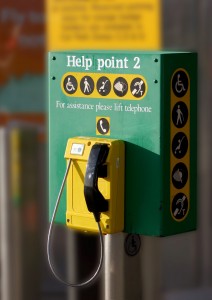 Travelling anywhere by car is a nightmare. What’s new you may ask, but for me the impact of the daily commute is only just registering with me.
Travelling anywhere by car is a nightmare. What’s new you may ask, but for me the impact of the daily commute is only just registering with me.
When I moved “over the Bridge” 5 years ago, the M4/5 junction was being improved with fancy new lane management and overhead display gantries. Ever the optimist, I told myself to just hang on, put up with the disruption and it would all work out in the end. This plainly hasn’t happened with no discernible improvement to traffic flow for the travellers who just want to drive right past the M32 exit and get on with their working day.
My journey varies between forty minutes and ninety minutes and that’s without any identifiable obstructions. Add an accident or incident to the mix and travel to work becomes a life-sapper.
I assumed that it was my misfortune to commute this particular route and I felt particularly hard-done-by, regularly ranting about my M4 journeys.
Considering driving to/from work consumes about 18 days of my life each year, my sympathy is with the morning travellers on the westbound M4, as I pass regular tailbacks of a mile or so. Multiply my 18 days by the rest of the drivers and it is a staggering waste of many hours of our lives.
I’ve now discovered I actually have it easy now, with a report in 2013 indicating that 1.8million people in the UK travel 3 hours or more to get to work (not necessarily every day, of course). It’s a hard way to start the day and I have first-hand experience, as my morning commute, daily when I worked in Manchester, was 2.5 hours. No wonder the time spent commuting is considered a health depressing factor, but then it can be made so much worse for your wellbeing depending on the transport mode you chose.
London commuters have the longest journeys in the UK averaging with travel times averaging 75 minutes a day. I used the Tube for a few years and at least you can read or catch up on emails.
CEDAR (Centre for Diet and Activity Research) have an on-going study into Commuting and Health in Cambridge, which considers the social and health benefits of modes of commuting. One finding, not surprisingly, is that people who walk to work tend to be more physically active and healthy than those who don’t.
So, not only does the amount of time travelling affect your health and wellbeing, but also the fact that you are driving rather than travelling actively. Add to this the potentially boring motorway route and that you can’t read or socialise easily when driving and the unhealthy combination is complete.
I’m surprised I’ve lasted this long…



 Suffragette, the movie, has highlighted what a long way we’ve come in terms of the equality of men and women to have and express their opinions. Gone too are the days when women were seen as somehow lesser than men in the workplace, constrained by society to specific job roles, although there are still some jobs where it is not straight forward for women to fill a role.
Suffragette, the movie, has highlighted what a long way we’ve come in terms of the equality of men and women to have and express their opinions. Gone too are the days when women were seen as somehow lesser than men in the workplace, constrained by society to specific job roles, although there are still some jobs where it is not straight forward for women to fill a role.







